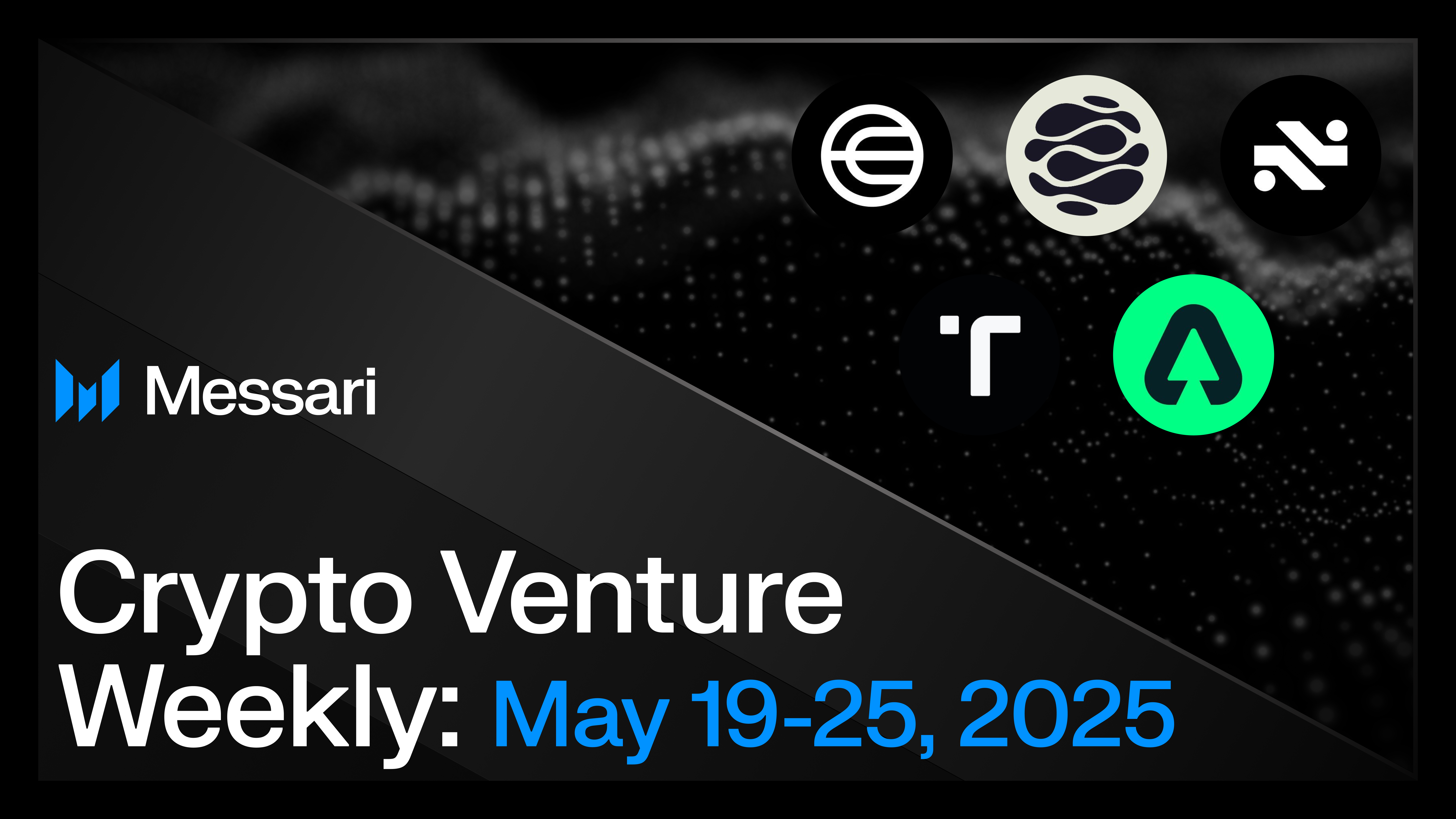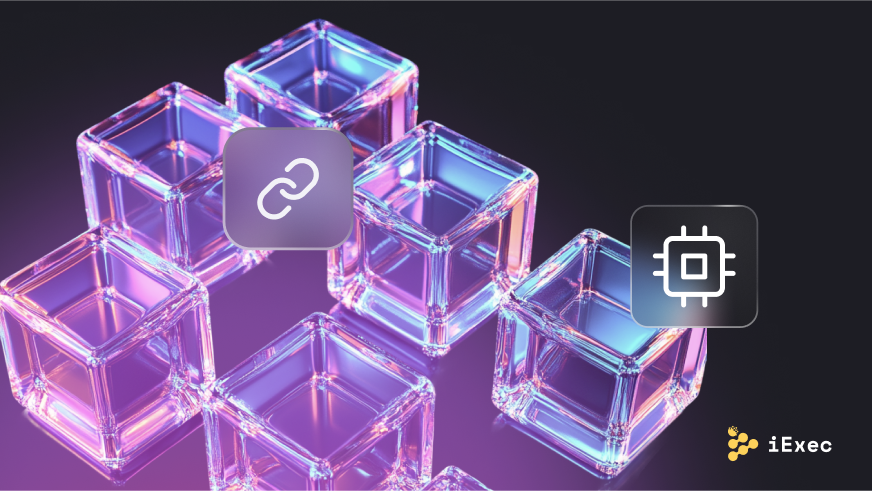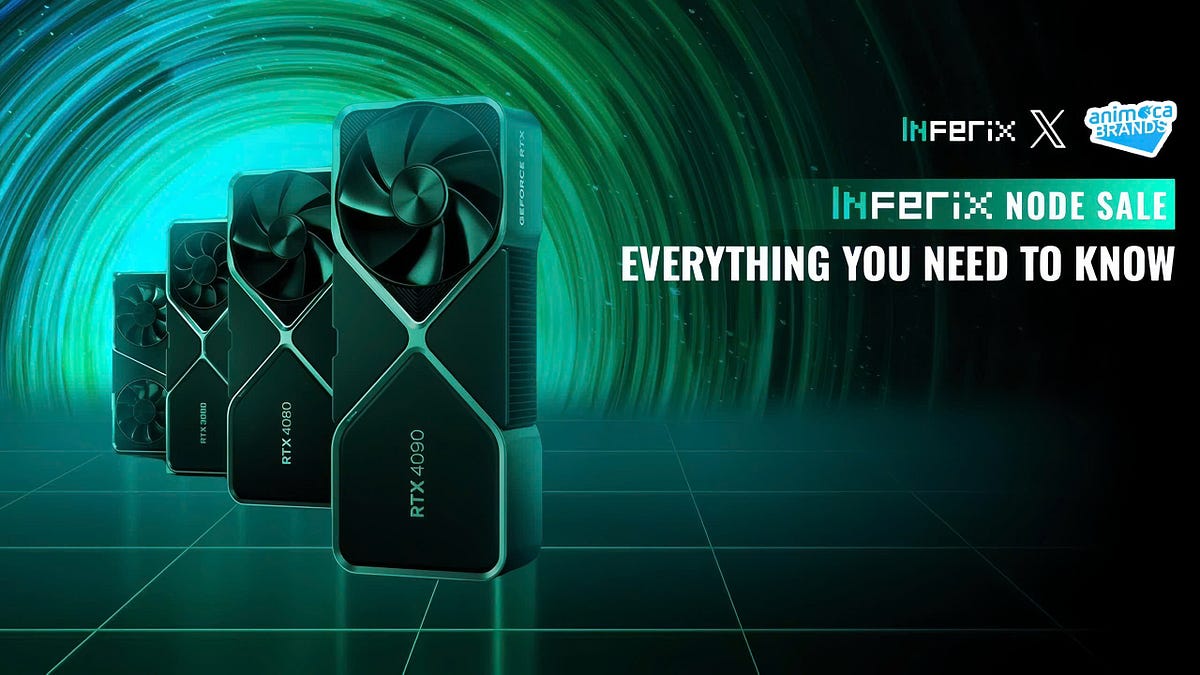Decentralized Physical Infrastructures: A New Era for Data Management
In today’s digital age, data has become a vital commodity, integral to both personal and business interactions. However, the majority of this data is managed through centralized cloud services, which often leads to significant issues such as limited user control, high costs, and increased vulnerability to data breaches. A recent report highlights that nearly half of the tech industry views data privacy and security as paramount concerns. This centralized model creates a bottleneck, prompting the need for innovative solutions that prioritize user autonomy and data integrity.
Decentralized Physical Infrastructures (DePINs) emerge as a transformative alternative, leveraging blockchain technology to distribute data storage and processing across a network of users rather than relying on massive data centers. This shift not only enhances privacy and security—by eliminating single points of failure—but also allows users to become active participants in the infrastructure. As more individuals join the network, the system organically scales, offering a self-sustaining solution that can adapt to growing data demands. With DePINs, users can regain control over their data, reducing the risks associated with centralized servers that are frequently targeted by cyberattacks.
Functionland’s FxBlox device and the Fula Network exemplify the DePIN philosophy, enabling users to transform their personal devices into integral components of a decentralized cloud. This approach not only enhances security and control but also presents potential cost savings by reducing overhead expenses associated with traditional cloud services. The partnership between Functionland and Streamr further amplifies the capabilities of these devices, allowing users to rent out their bandwidth and participate in a decentralized streaming ecosystem. As the landscape of data management evolves, embracing DePINs could herald a new era of user-centric, secure, and scalable internet solutions.
Related News





